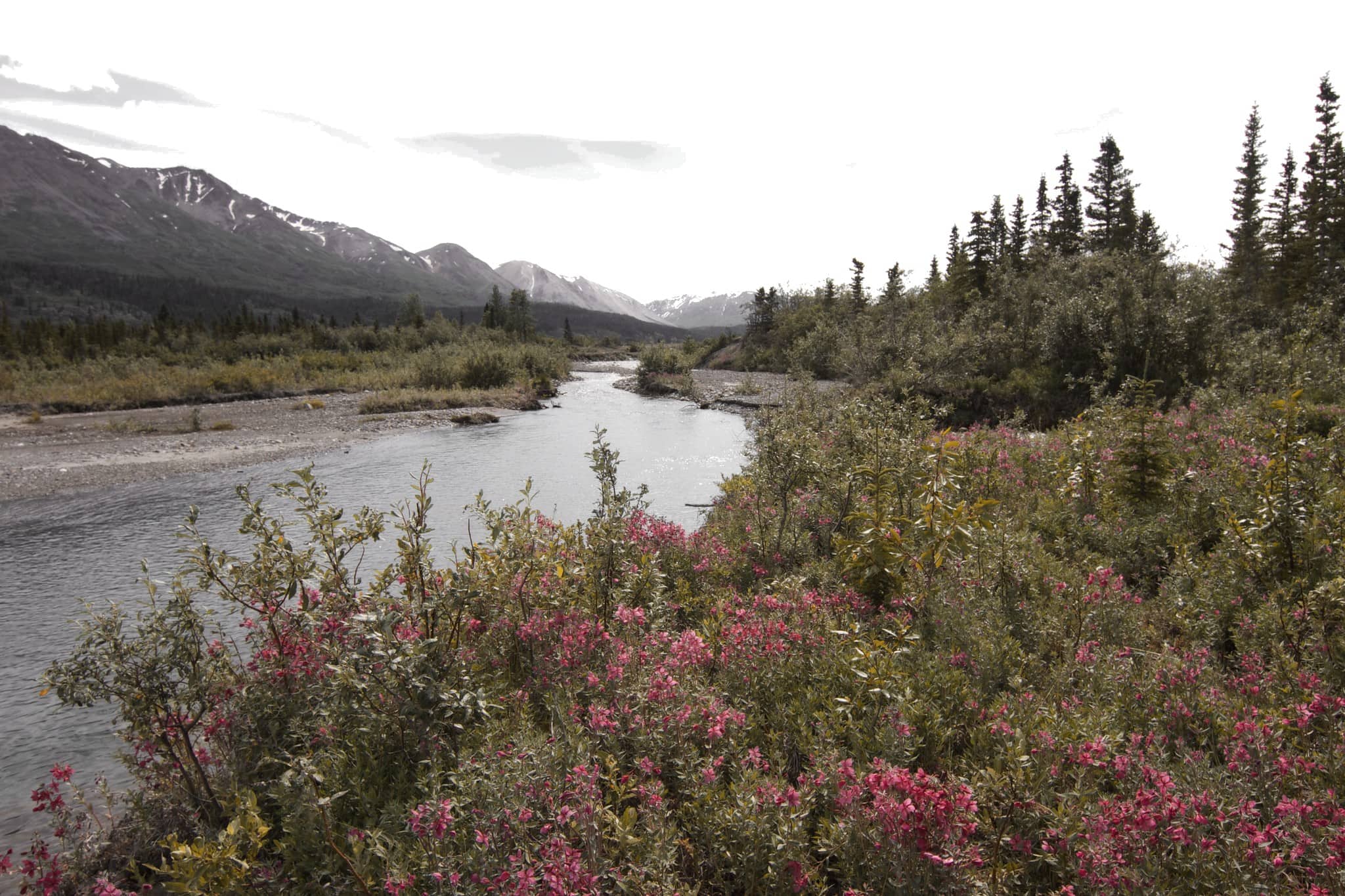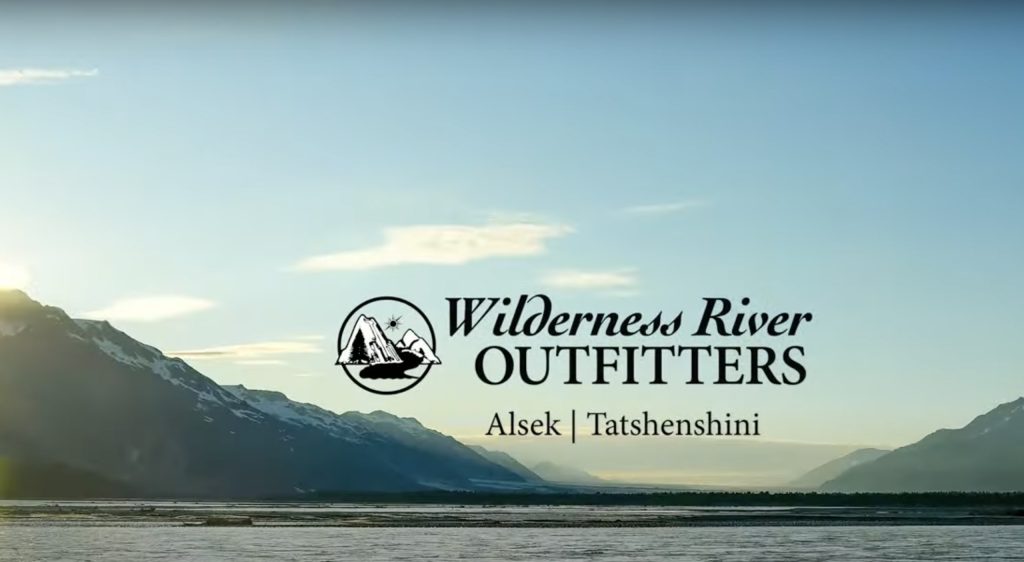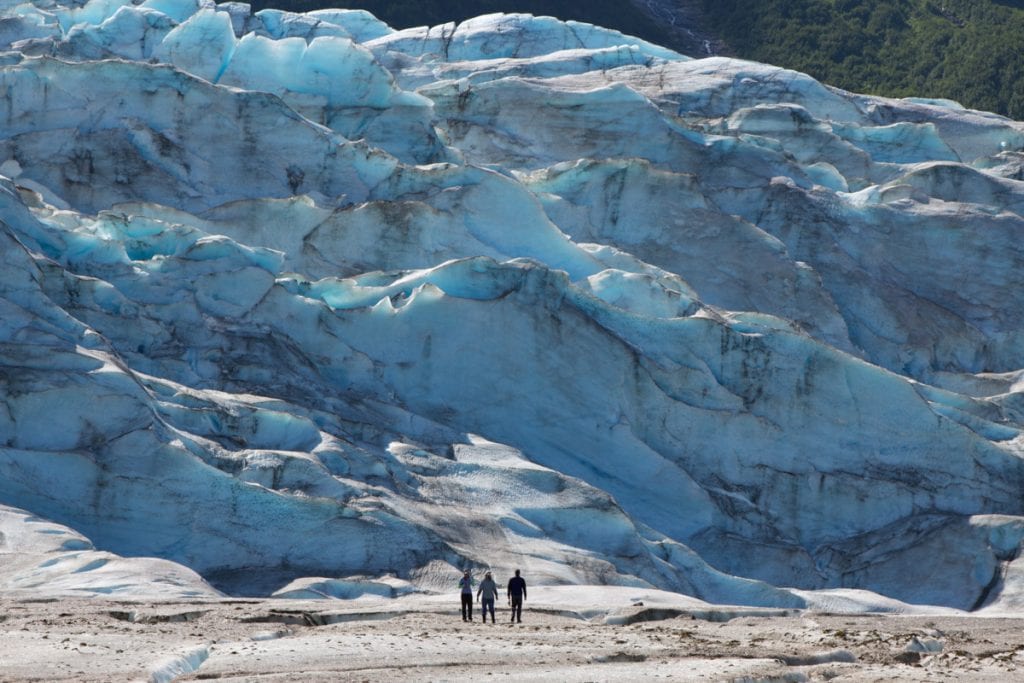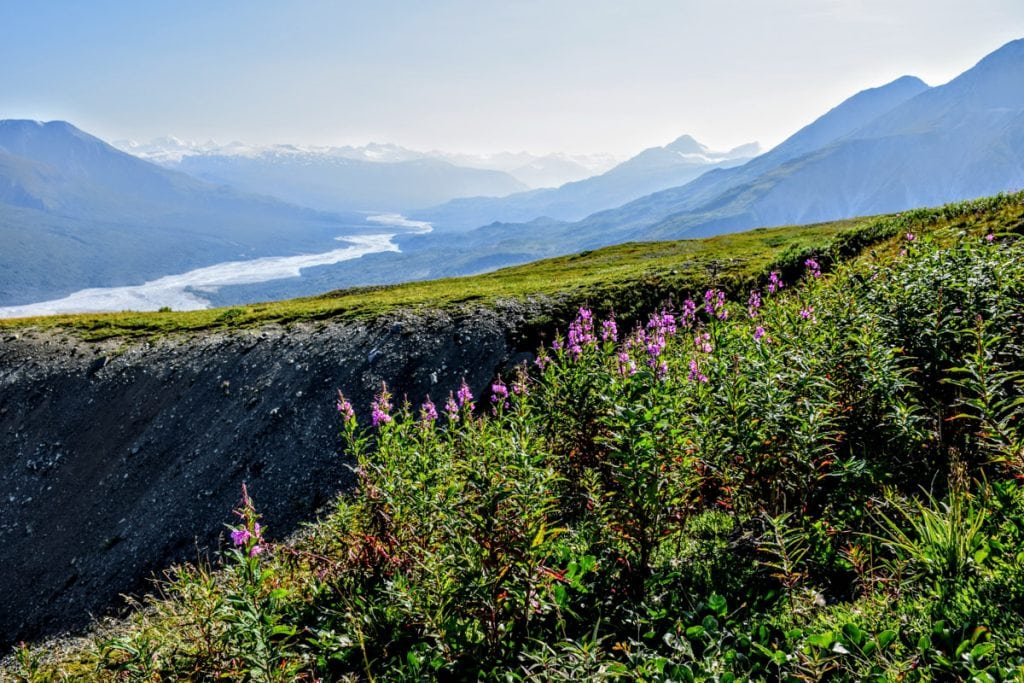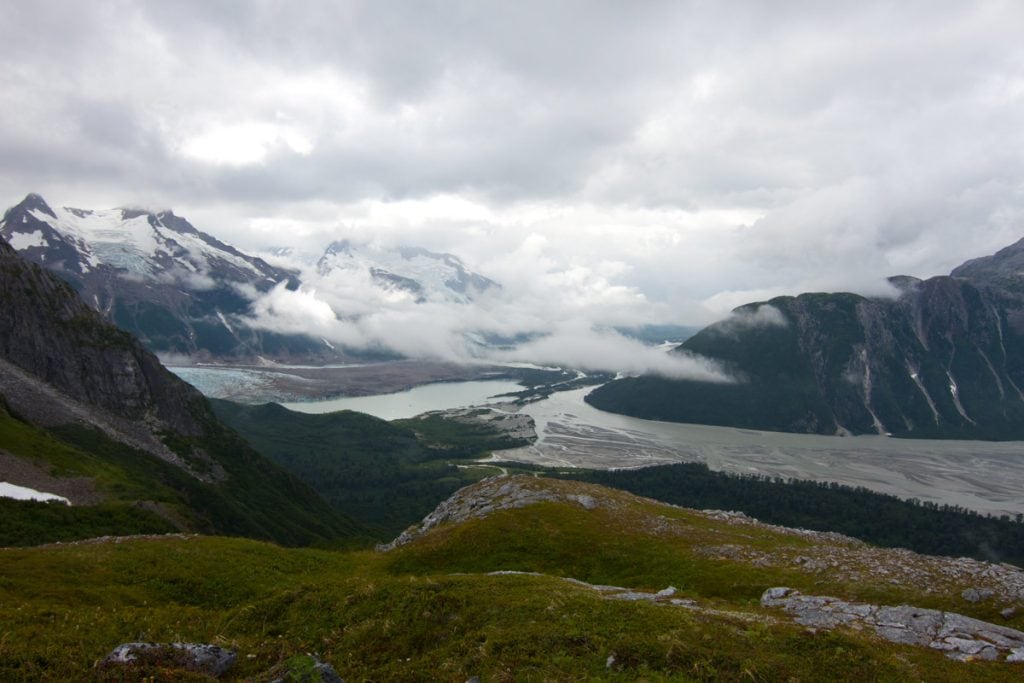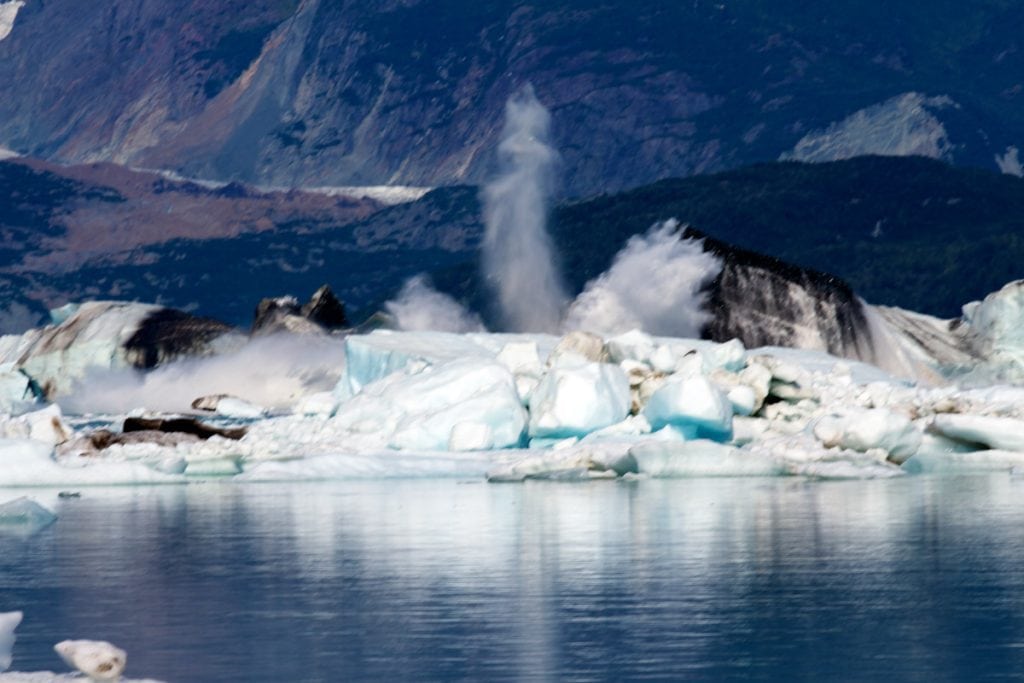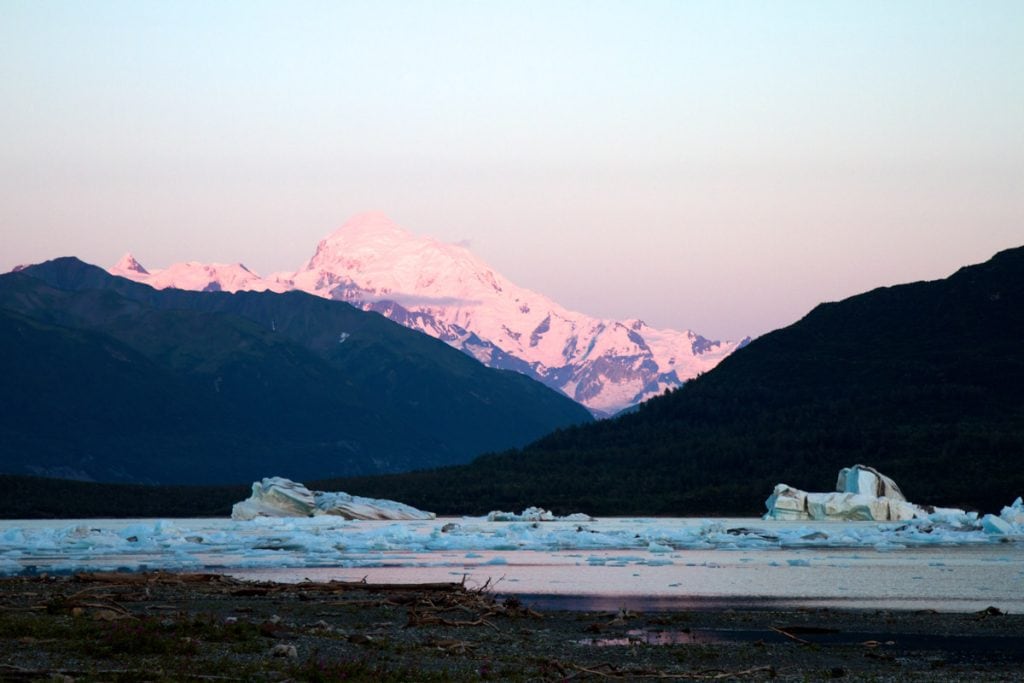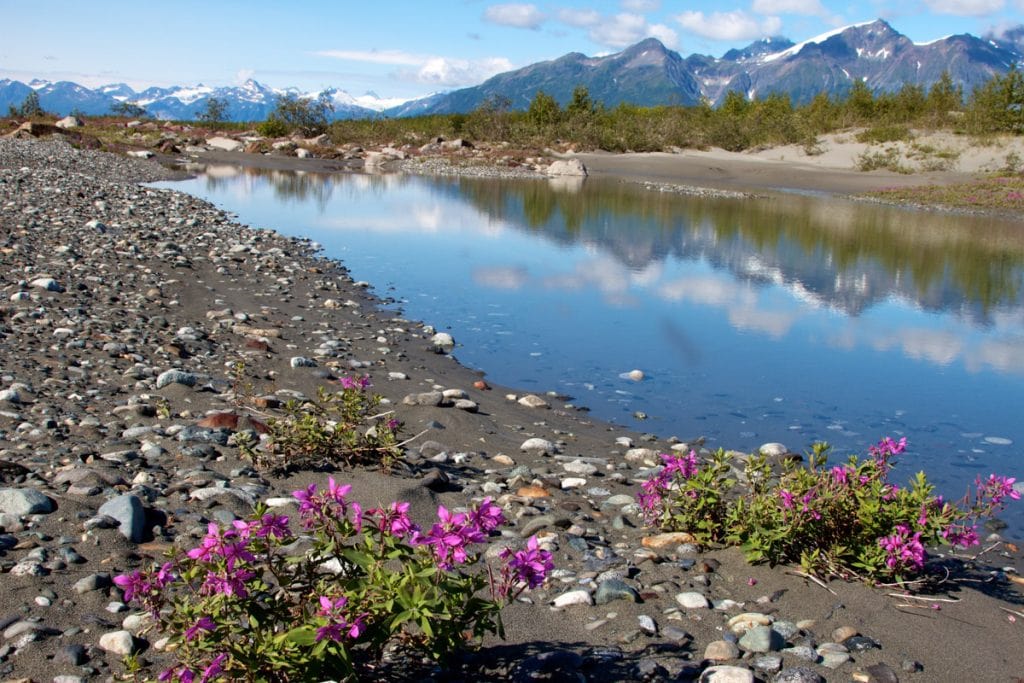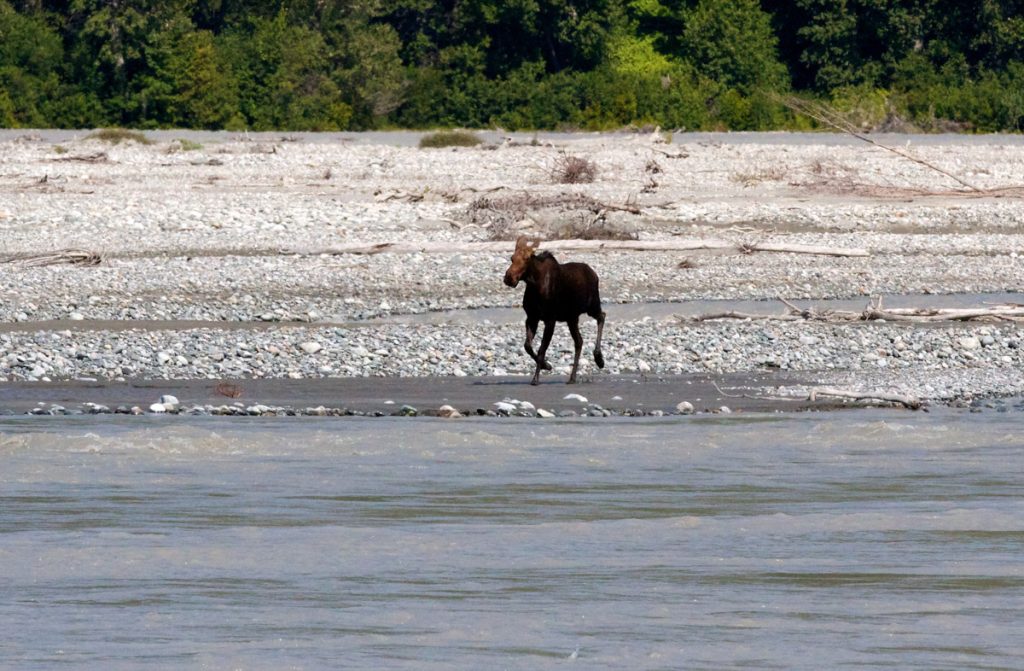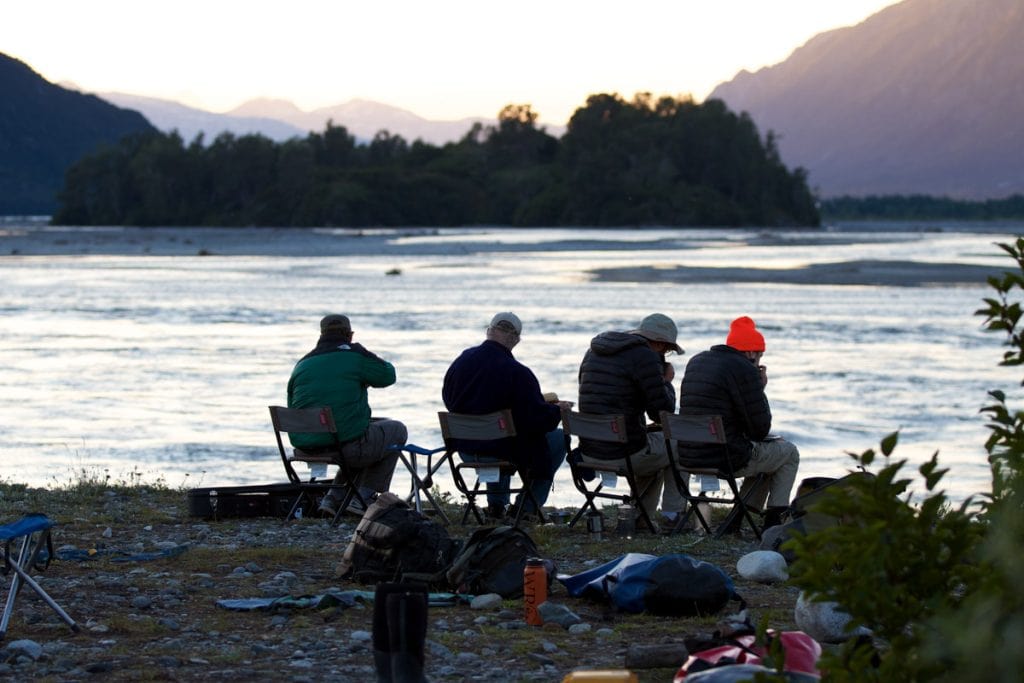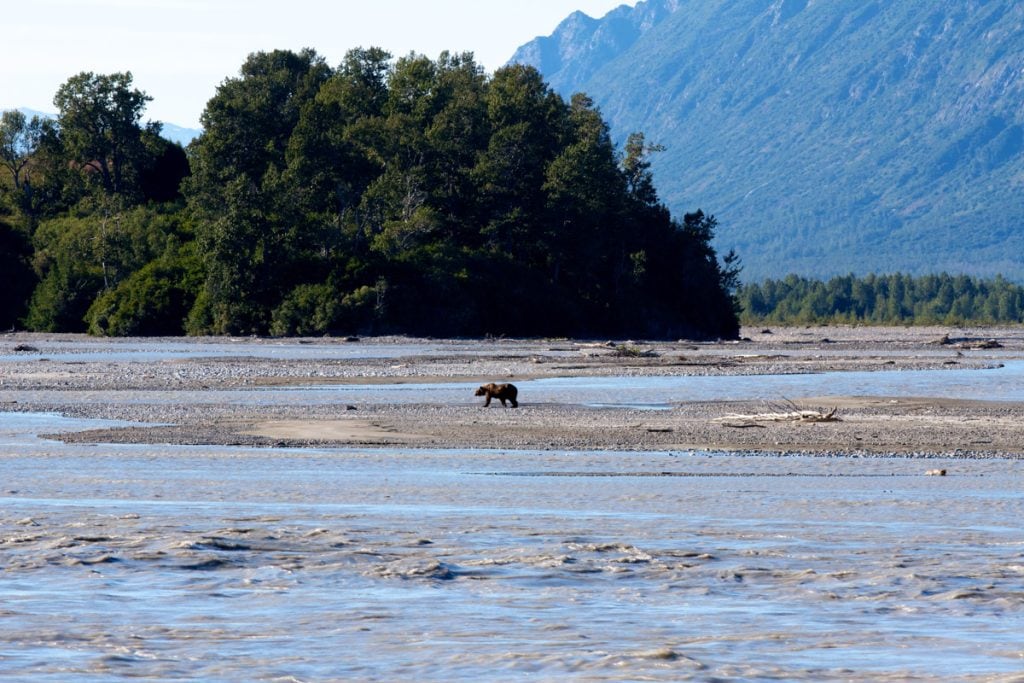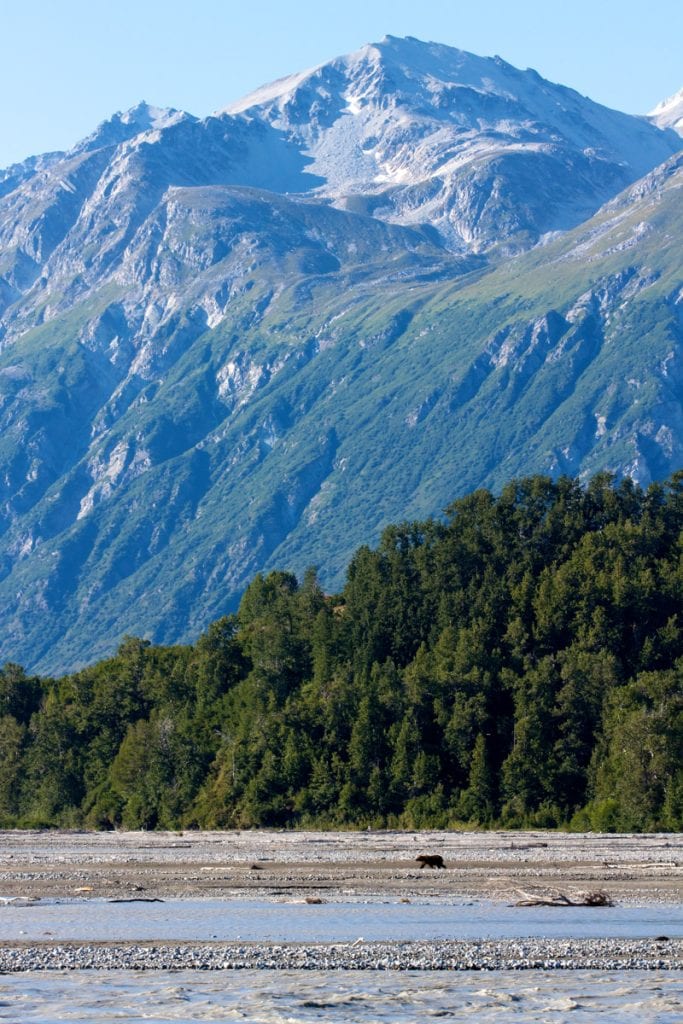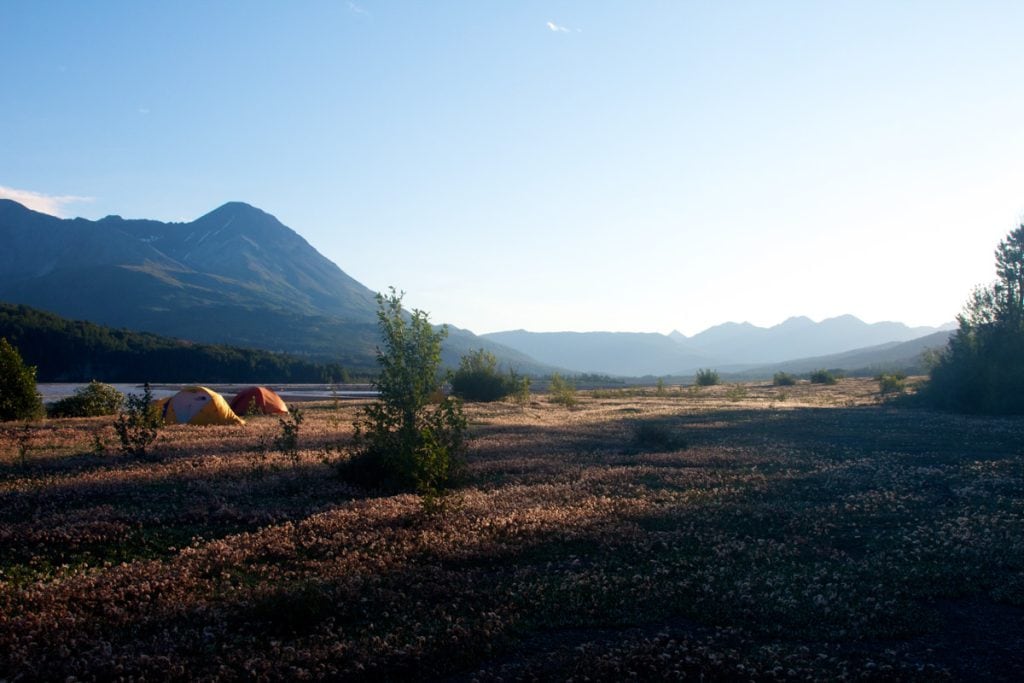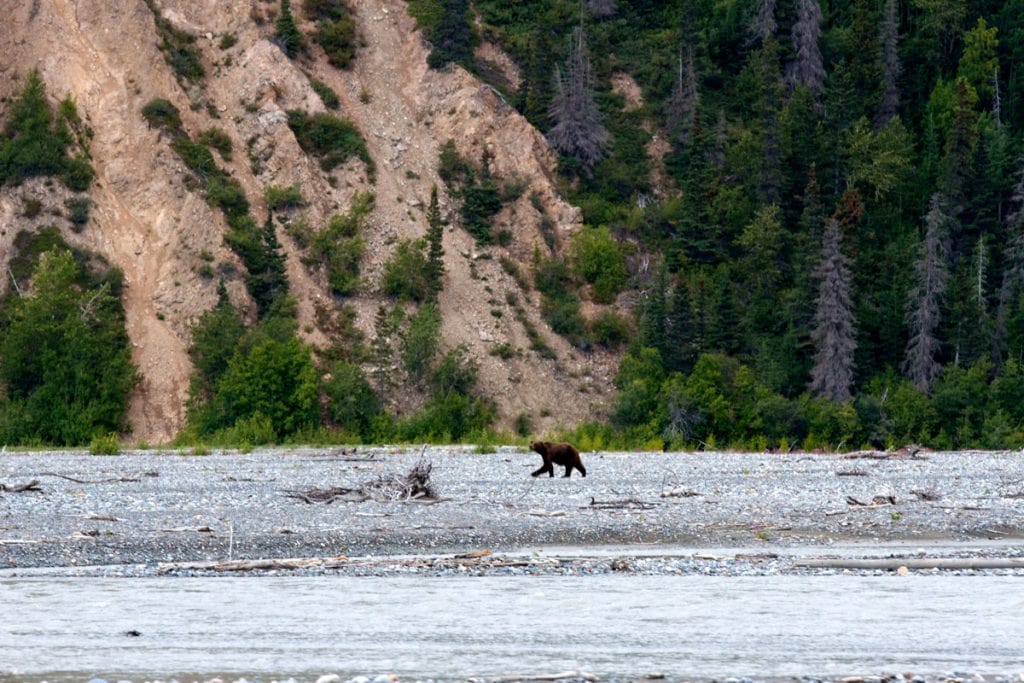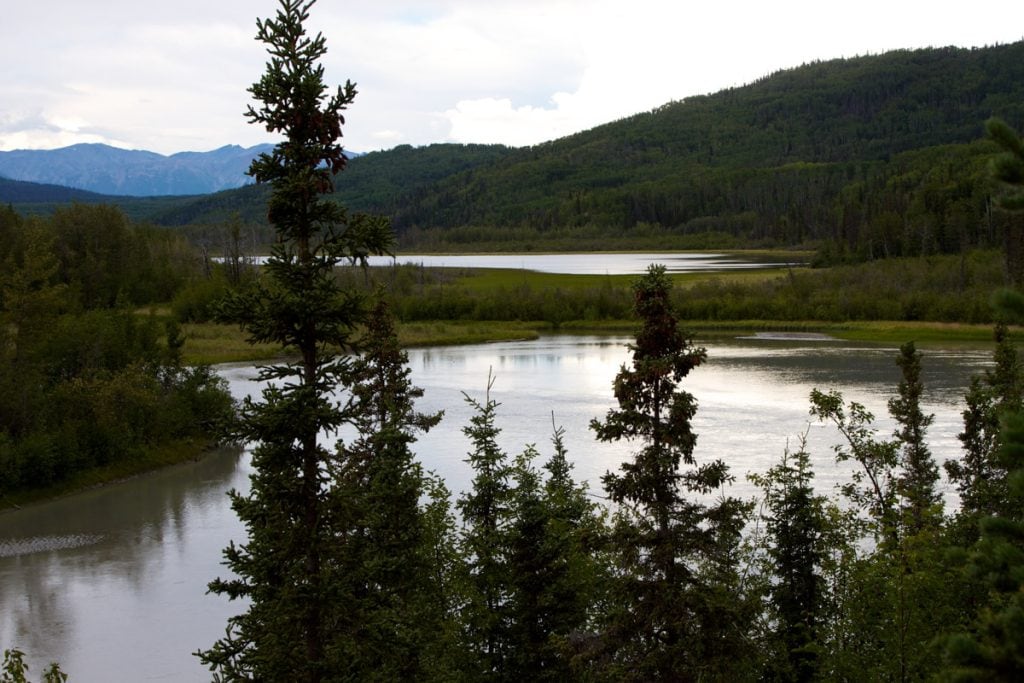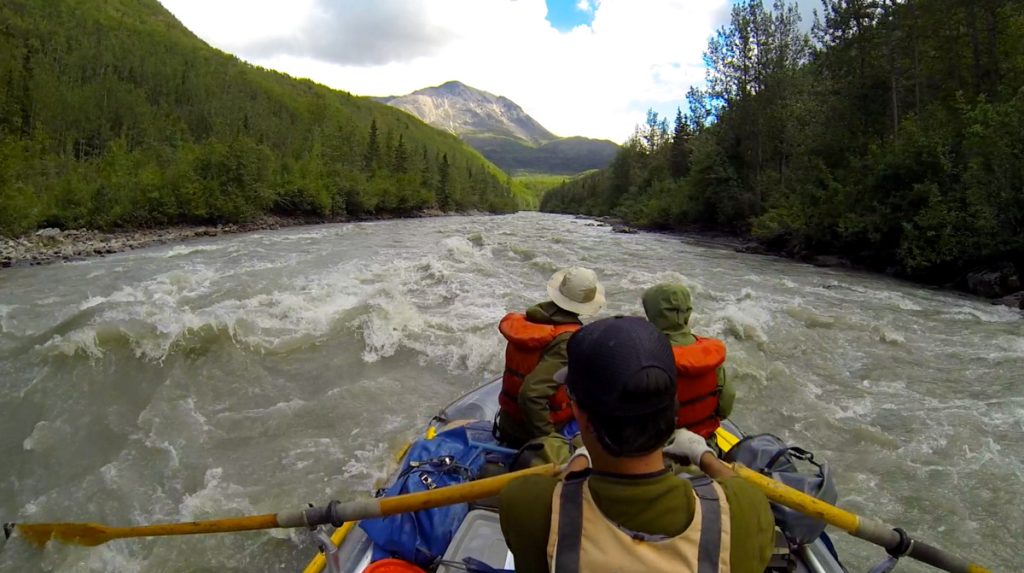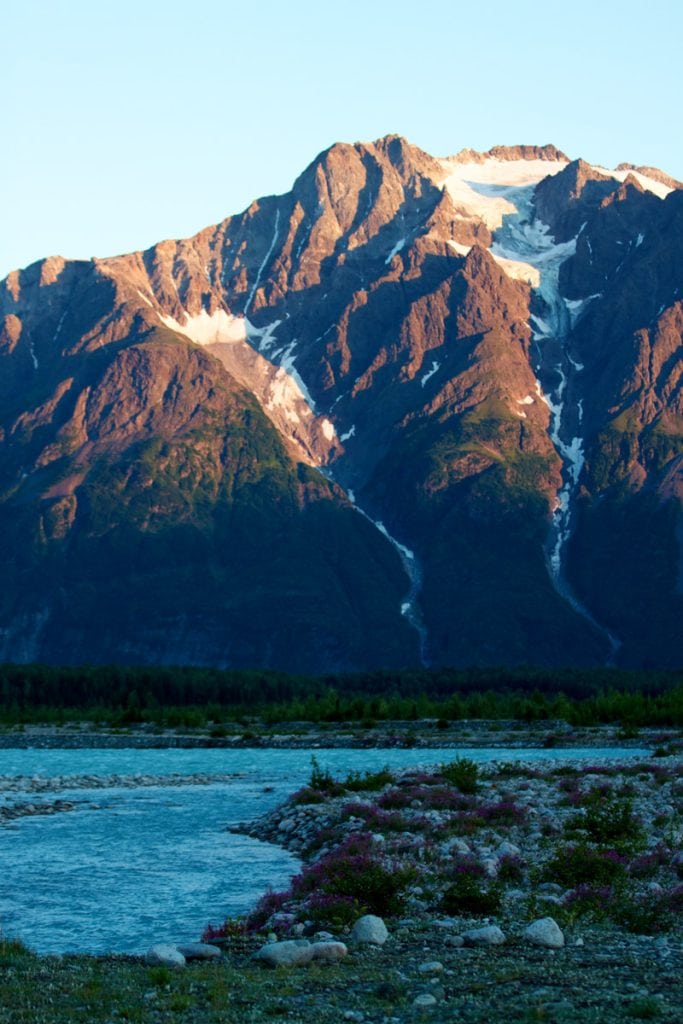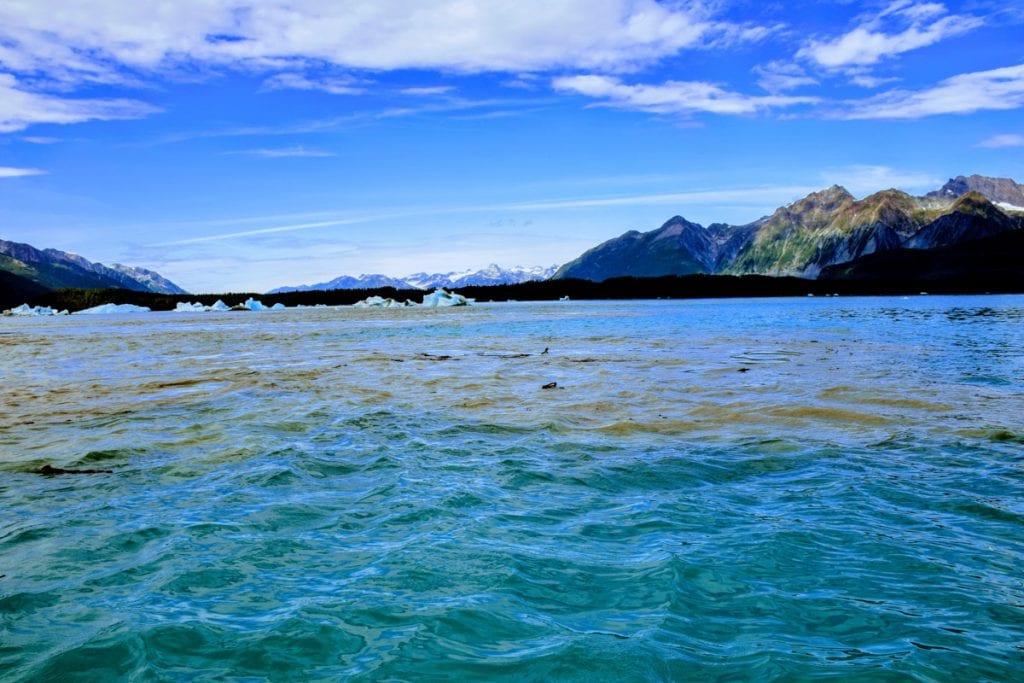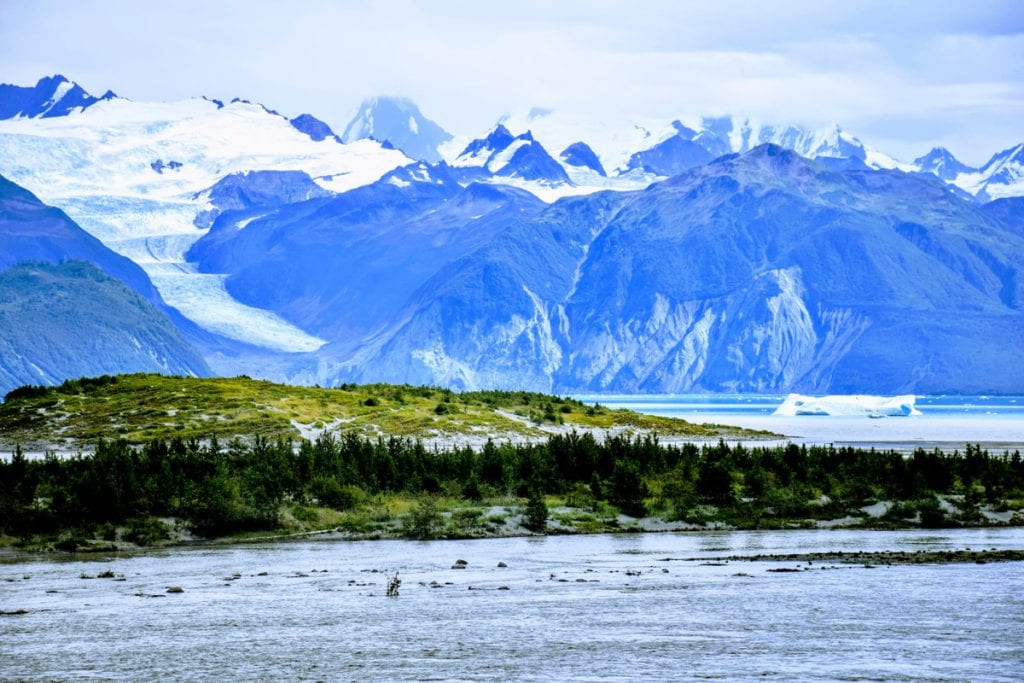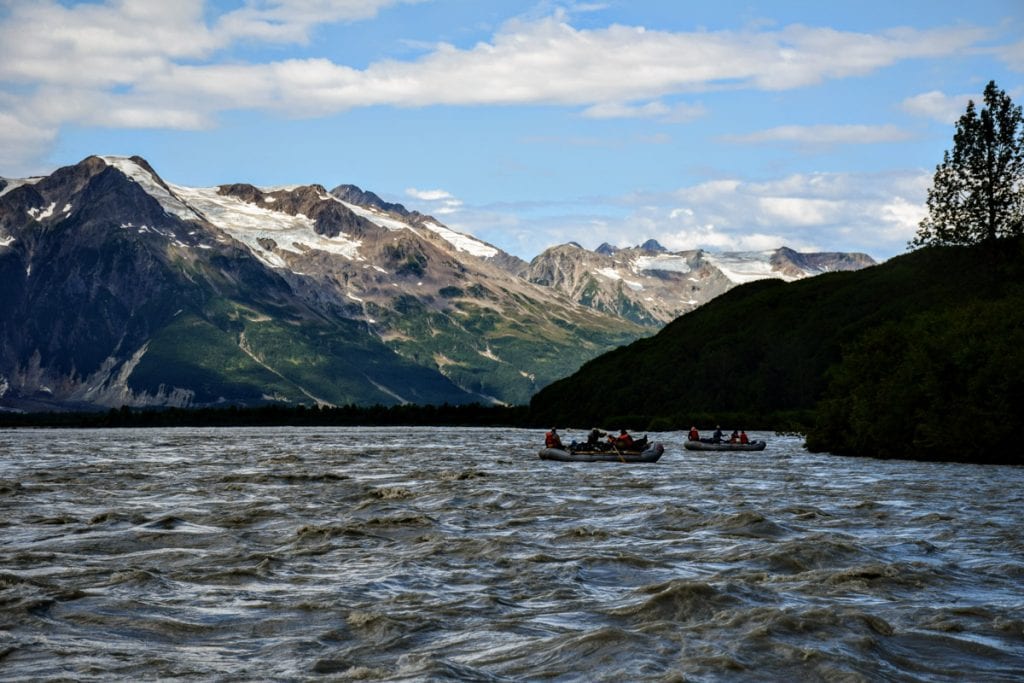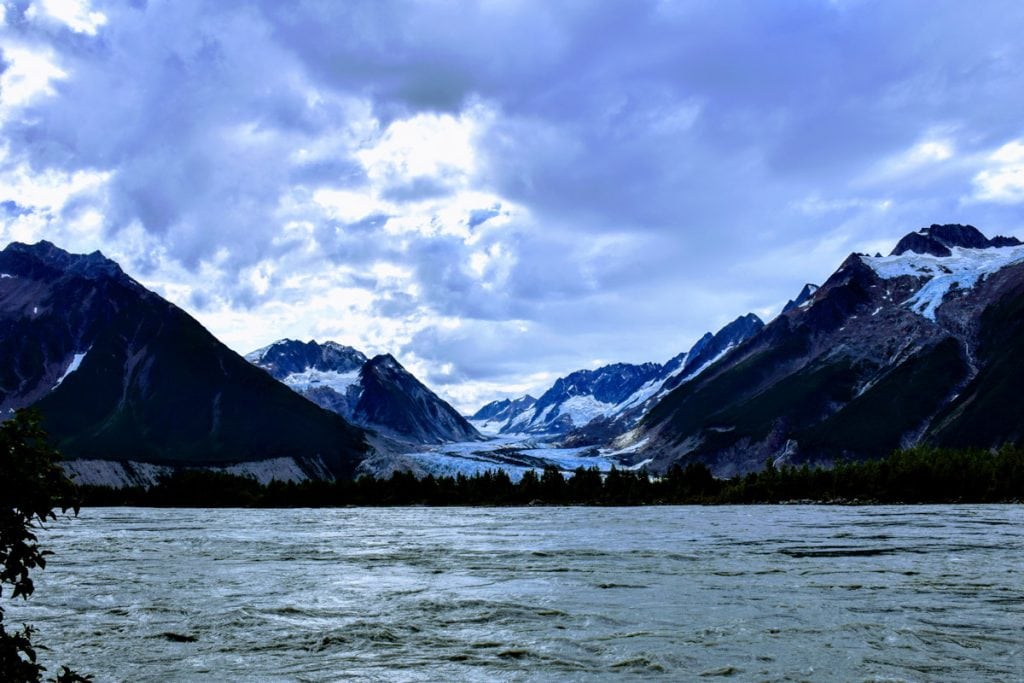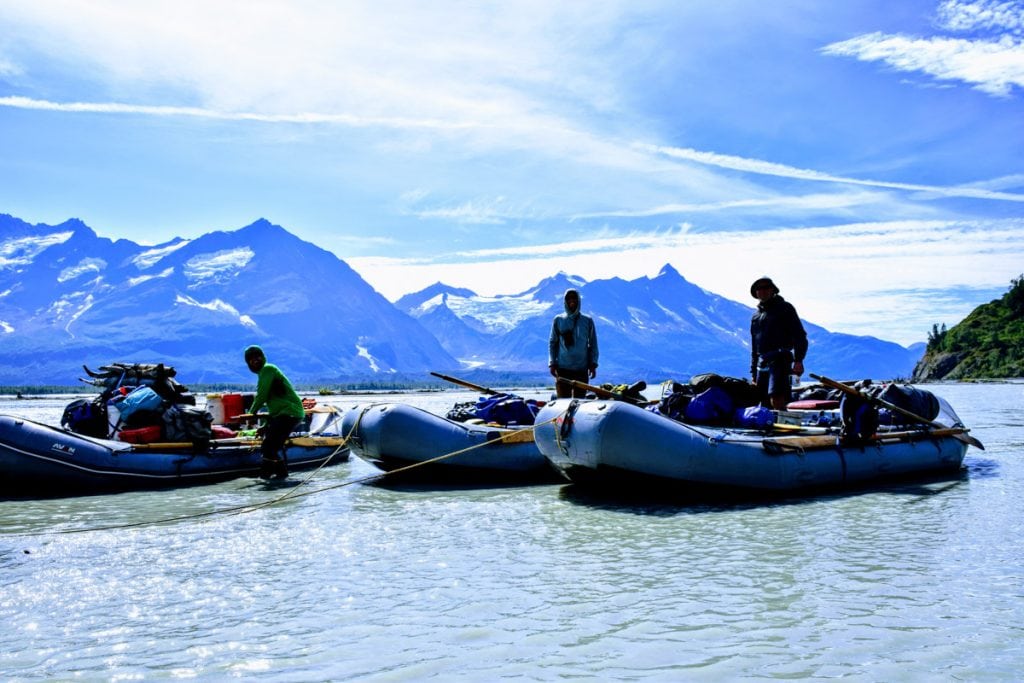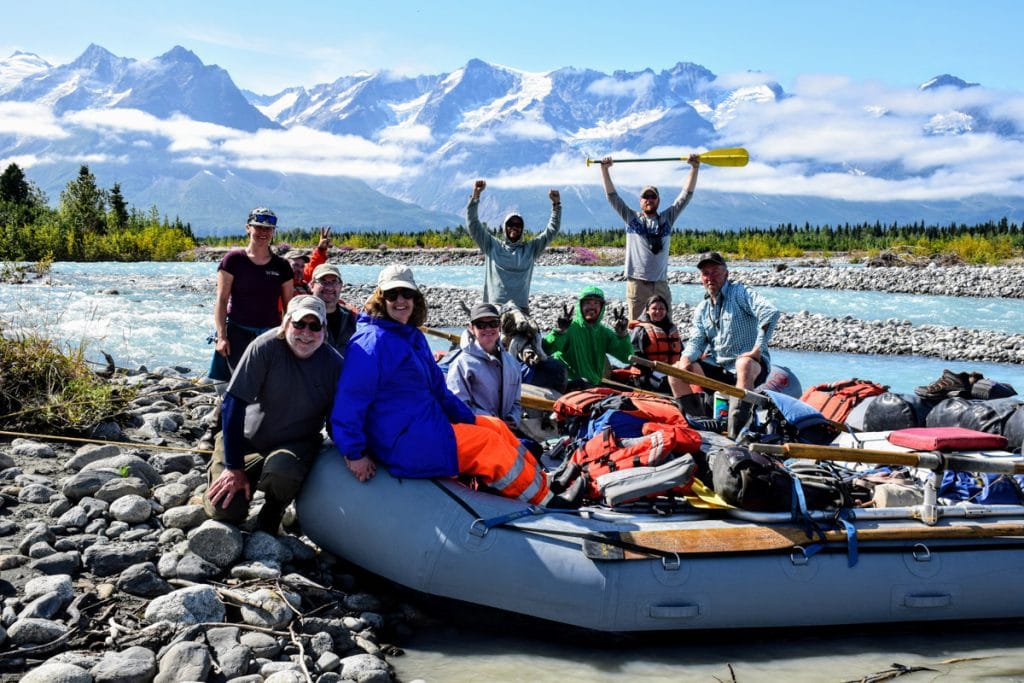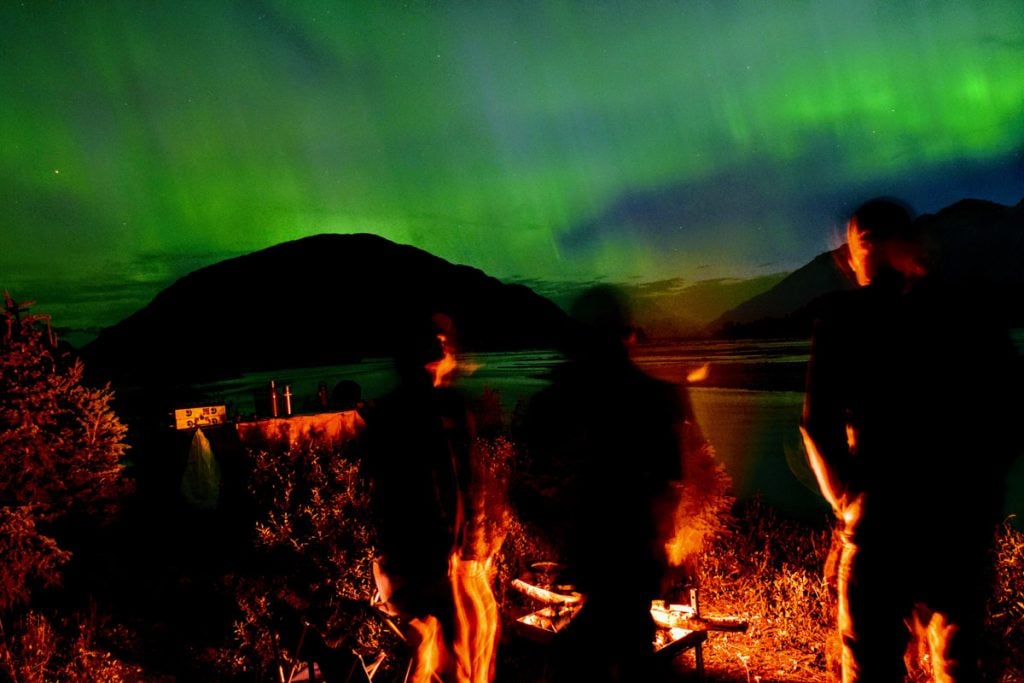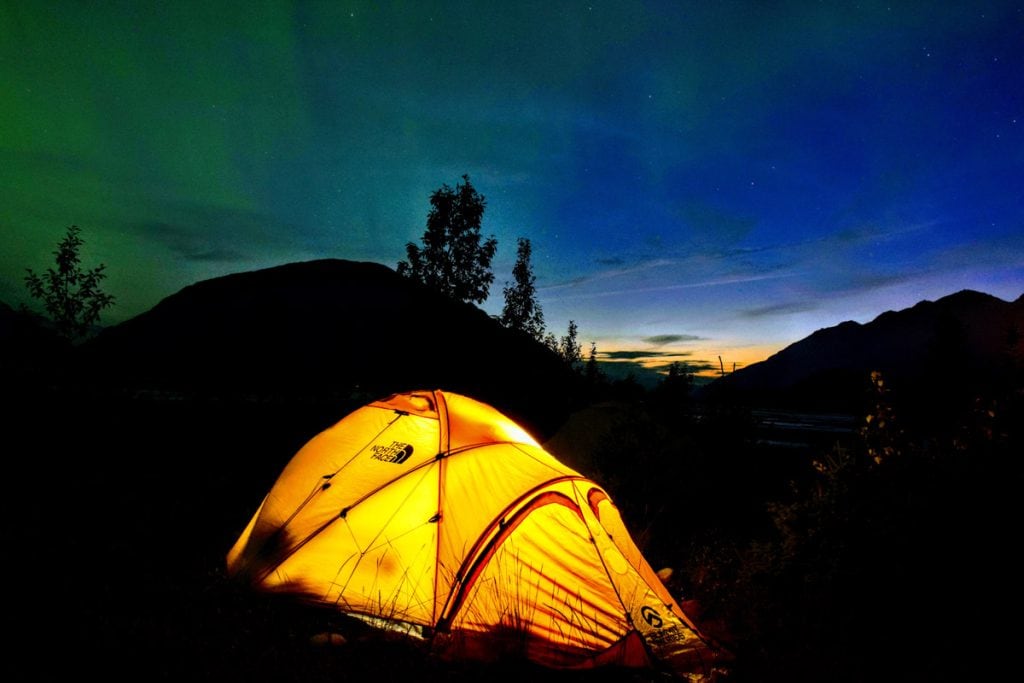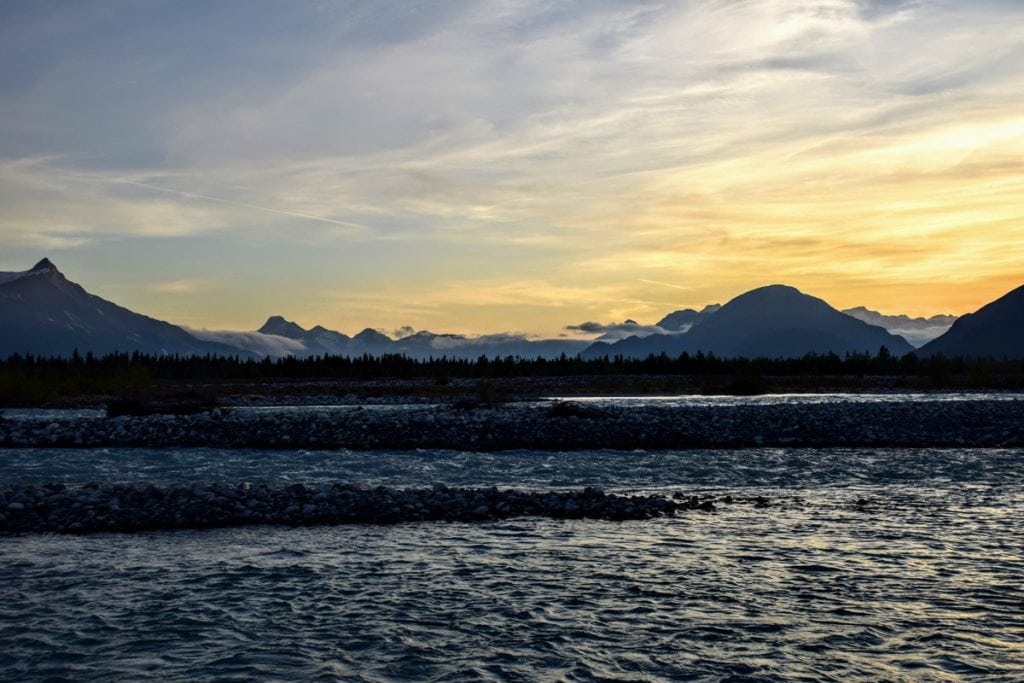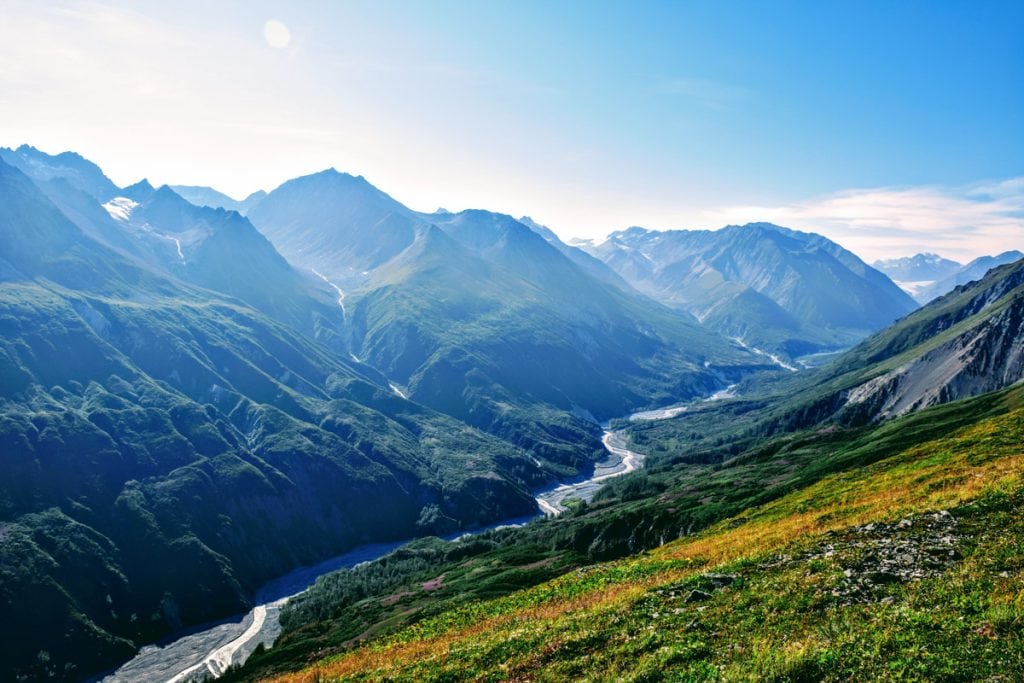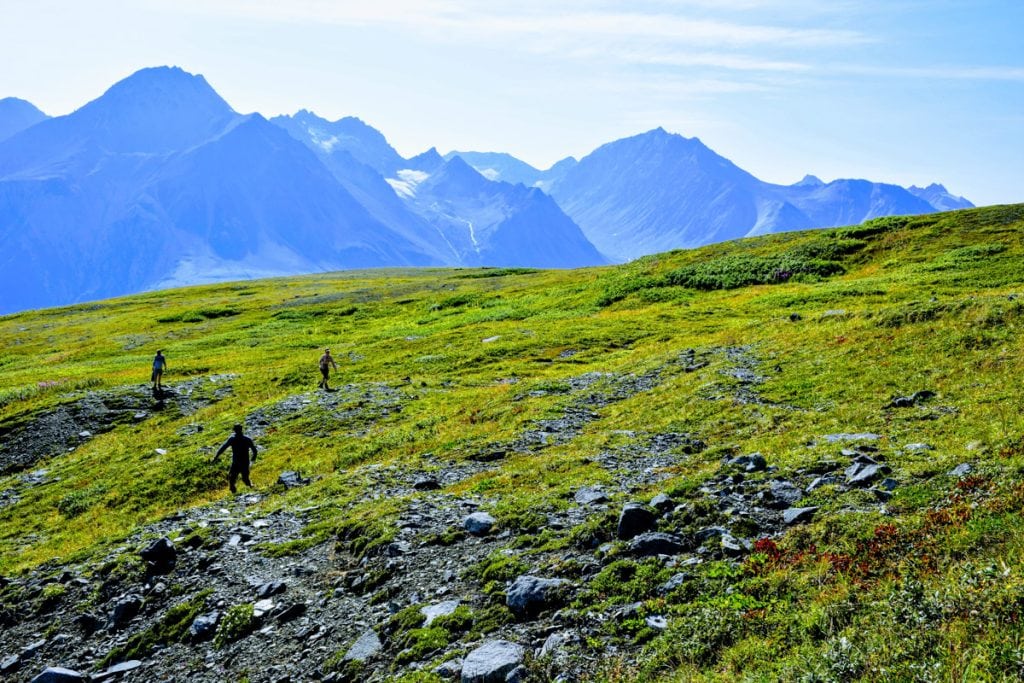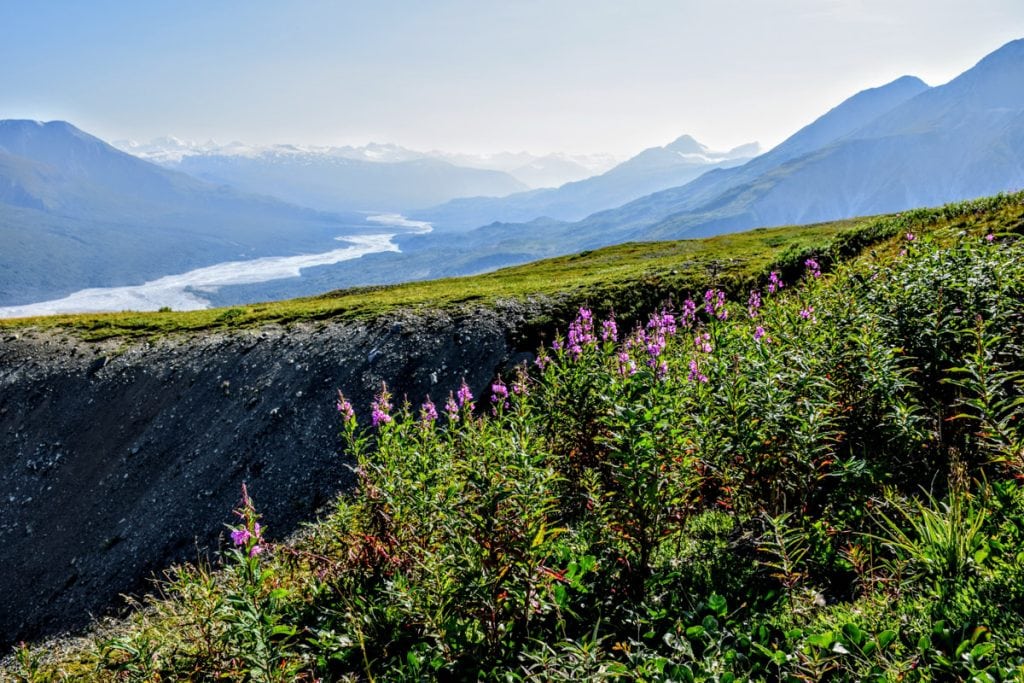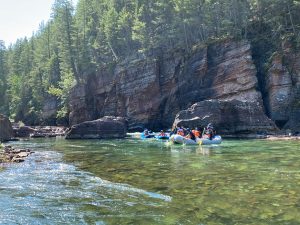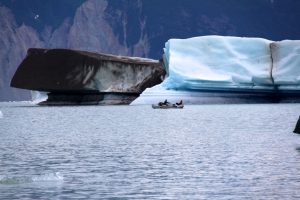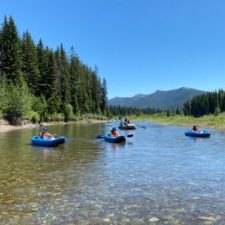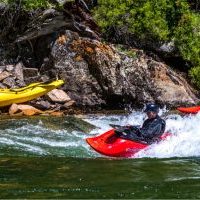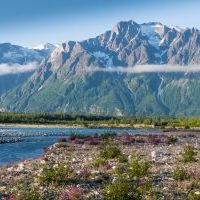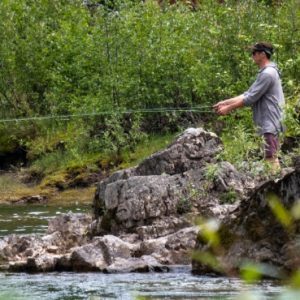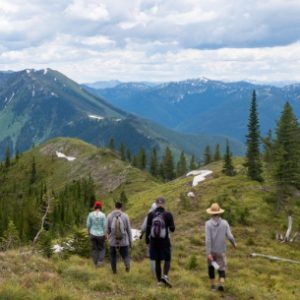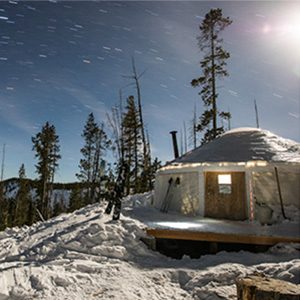Overview
Your 11-day trip on the Tatshenshini River will without a doubt be one of the most breathtaking journeys of your life. The unparalleled Alaskan size, scenery, and remoteness of this wilderness makes this trip widely considered one of the greatest river trips on the planet. From its beginnings as a tight, swift, splashy-charactered river in the Yukon, it builds from just a few thousand cubic feet per second to well over a hundred thousand cubic feet per second by the end where it reaches the mighty Alsek river. The pristine beauty of glacial lakes and striking peaks, gray-blue crystal clear water, stunning color-splashes of wildflowers, incredible wildlife sightings, and countless other wonders of the Tatshenshini will leave you speechless and with memories that will last a lifetime.
Trip Highlights
- 11 days, 140 miles
- Canadian and Alaskan scenic wilderness
- Remote
- Great hiking
- Dense forest to Glacier Bay
- Glacier walks
- Wildflowers and wildlife
The Tatshenshini, (affectionately known as the Tat) is located in the Tatshenshini-Alsek Park, which is bordered by the Kluane in the Yukon to the north, the southernmost tip of Wrangell-St. Elias National Park to the northwest, and Glacier Bay National Park to the Southeast, with the Haines highway forming the Eastern boundary. Together, this collective wilderness complex is 97,000 square kilometers (almost 24 million acres), the largest international protected area in the world.
Half of the landscape is permanently covered in snow and ice–the other half fosters forests and tundra and stable populations of wildlife. To ensure the preservation of the entire ecosystem, the Tatshenshini and Alsek are completely protected from headwater to source, creating the only large river drainage in North America that is completely safeguarded. Just off the main river are miles and miles of wetland habitat with beaver ponds making perfect nesting grounds for many species of birds. These wetlands also provide great habitat for moose and many other animals. Everywhere you look the ground is covered with a variety of animal tracks.
On the Upper Tat, the whitewater section of this trip starts right off the bat, entering a fun and splashy canyon only a few miles below the put-in at Dalton Post. There are additional great hiking and wildlife viewing opportunities, with a few accessible trails leading you into the high alpine country. The vistas from any of these hikes are well worth the effort. As major tributaries join, the river grows in size every day. Below the initial canyon whitewater section, there are still intermittent rapids throughout, but the river is generally characterized by strong currents and eddy lines. The Tatshenshini transforms into a braided river with many different channels.
Around the sixth day of this 11-day trip, we will join the Alsek River. In a panoramic view of the Tat/Alsek confluence, you can see over 27 glaciers. There is more great hiking in the lower section, with an opportunity to walk on the ancient ice of the Walker Glacier. Alsek Lake is nothing short of awe-inspiring, with massive glaciers calving off huge chunks of ice into the lake, which we will be able to paddle up close and personal to. Views of Mount Fairweather also tower above the lake at over 15,000 ft, making it one of the highest coastal mountains in the world! We will camp on the last night with an incredible view of the lake and this jaw-dropping scenery. Experience this special part of Glacier Bay National Park that only a lucky few ever see.
The Stats
| Departure Month | July, August |
| State / Region | Alaska & Canada |
| Adventure Level | Moderate, High |
| Price Range | $3000+ |
| Activities | Whitewater Rafting, Hiking, Rafting, Wildlife |
Logistics
The Tatshenshini trip begins in Haines, Alaska (HNS), and ends in Yakutat, Alaska (YAK). You will most likely travel to and from these locations from Juneau, Alaska (JNU).
Before the trip:
You will fly commercially to Juneau, Alaska and take either Wings of Alaska (907.789.0790), Air Excursions (907.766.3800) or Alaska Mountain Travel (907.766.3007) from Juneau to Haines, Alaska. There is also an option for a half day ferry from Juneau to Haines with Alaska Marine Highway, which is a great option if you have the time. The ferry is less expensive compared to flying, but the schedule is limited. You will need to arrive in Haines, Alaska no later than 6 pm the night before your trip is scheduled to launch.
We will have an orientation at the Halsingland Hotel (800.542.6363) the night before the trip to discuss details, distribute waterproof bags, and answer any last minute questions. We recommend staying at this hotel to make things logistically simpler.
The next morning on the date of your scheduled launch date we will cross into Canada to Dalton Post, which is about two hours, and arrive at the river in the afternoon. (A Passport is necessary when passing into Canada.)
After the trip:
We provide a flight for you from the river to Yakutat, Alaska, where you will catch your commercial flight to Juneau (only one flight per day in the evening) with Alaska Airlines. You will need to make your reservations for the flight into Juneau and out of Yakutat. If your bags cannot make it to Yakutat because of weather, we will have them in Juneau waiting for you. There is also the option to purchase a shower at the Yakutat Lodge, before your flight to Juneau. Depending on flight schedules, you will most likely need to spend the evening in Juneau and continue your trip home the next morning.
Sample Itinerary
Day Before: Arrive in Haines, Alaska before 6 pm. Fly commercial airline to Juneau, and with Wing of Alaska (907 789-0790) to Haines. Make your reservation at the Hotel Halsingland Hotel in Haines (800 542-6363) for the night before the trip. We meet up around 6 pm the evening before to distribute dry bags, discuss trip logistics for morning departure, go over the gear list if needed, and answer any last minute questions. After meeting the group usually has dinner together at the Halsingland Restaurant.
Day 1: We will leave Haines early around 8 am, arriving at the Dalton Post put-in around lunchtime. We will get the boats and gear ready to go, and after a river orientation, safety talk, and lifejacket fitting the journey begins. The best rapids of the trip are the first day! After some fun whitewater we will find our first camp to call home.
Day 2: After a beautiful day on the river we typically camp near Sediment Creek to set up for a big hike the following day.
Day 3: Hike anyone? A layover camp to give anyone that wants the opportunity to go on an impressive day hike! Sediment Creek hike offers a long walk to the high alpine country. There are also several shorter options as well.
Day 4-5: As we continue downstream the river just keeps getting bigger and the mountains taller!
Day 6: We typically camp somewhere near the confluence with the mighty Alsek. This confluence is known by some as “the center of the universe.”
Day 7-10: We will float the spectacular 30+ miles of the lower Alsek River to Dry Bay with opportunities for a glacier walk and exploring many other beautiful spots. Camping on the lower section of the trip offers spectacular views of Walker Glacier and Alsek Lake. With the right conditions, the views of Mount Fairweather are breathtaking.
Day 11: It is an early morning on the last day. After breakfast and a few hours on the river we arrive at Dry Bay. Your trip includes the flight from Dry Bay to Yakutat, Alaska, and we will arrive around lunchtime. Then you will catch your Alaska Airlines flight from there back to Juneau for the evening. Depending on where you are flying, most people end up staying the night in Juneau after the trip. If your bags cannot make it to Yakutat because of weather, we will have them in Juneau waiting for you. There is also the option to purchase a shower at the Yakutat Lodge, before your flight to Juneau. Depending on flight schedules, you will most likely need to spend the evening in Juneau and continue your trip home the next morning.
FAQs
Camp Life and Meals
We typically change campsites every day. This allows us to cover new scenery, rapids, and side adventures each day at a fun, comfortable pace. The Tatshenshini has one scheduled “layover” day where we stay at the same camp and spend the day hiking, exploring, or relaxing.
On the River
Clothing, Footwear, and Gear
Logistics
Miscellaneous
Book Now
